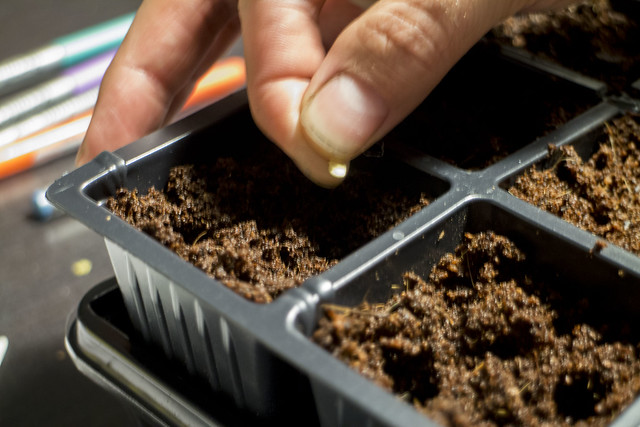International Permaculture Conference gets off to a Colourful Start
The 13th International Permaculture Conference commenced on a vibrant note at the auditorium of Prof Jayashankar State Telengana Agriculture University in Hyderabad on November 25, 2017. The verdant greenery of the university campus provided a perfect setting for the prestigious event that is being held in India for the first time with the support of International Permaculture Convergence(IPCC) and Friends of IPC (FIPC).
There were more than 1000 participants including permaculture practitioners, advocates, activitsts and supporters from 63 countries at the venue on the cool November morning to celebrate this back to nature movement. They were accorded a very traditional welcome with drum beatings, dancing farmers and music. The seed rangoli that adorned the floor of the reception hall was captivating. The celebratory mood was contagious and one traditional farmer from Australia broke into an impromptu jig, setting the tone for the day.
Prominent and well known activists who graced the occasion included seed sovereignty advocate Dr Vandana Shiva, water conservationist Dr Rajendra Singh, founder of the Permaculture College Robyn Francis, soil specialists Prof Sultan Ismail, and Andy Goldring, Chief Executive of the Permaculture Association UK.
The Telengana government sponsored 100 farmers to attend the knowledge sharing event. It was interesting to see how eager and curious they were to hear the delegates on the dias with their headphones in place and making themselves comfortable in the aisle of a packed auditorium.
Farmers from other parts of India were also present to share their experiences with other farmers of the world. Permaculture practitioners from different parts of the world were dressed in their traditional costumes adding to the vibrancy of the place.
In the keynote address, Dr Vandana Shiva in her typical firebrand style, bemoaned how growing city had made a burial ground of farmland. She stated convincingly that industrial farming was cause for all the woes of the world. Lambasting the mindless technological advances being made in the world she said, “Just sometime back they gave citizenship to a robot. The next level of insanity is farming without farmers. Algorithms have no life, it is the seed that has life and we have to save our seeds from the onslaughts of the MNCs.” She condemned the hegemony of the handful of men who control half the wealth of the world and warned of the dangers that can stem from such a situation. Hitting out at rogue leaders and rogue corporations that dominate the world, she observed that most of them including Bill Gates were in need of a lot of ecological literacy.
Robyn Francis spoke on the importance of regenerating community resilience in a changing world. She expressed her gratitude to women supporters of permaculture and said that women are the agents of change and capable of creating a safe, healthy and happy world with good food and self sufficiency.
The Convergence plans to provide hands-on learning experience to the participants through farm tours on wide ranging topics including local farm practices, traditional village living skills, pitcher irrigation, traditional oil milling technologies, local plant remedies and so on.
Exhibition stalls displayed seeds and plant produce of diverse varieties. There were other stalls conducting demonstrations of sustainable agricultural practices and workshops on building communities. Famous balladeer Gaddar entertained the guests in the evening with songs that had a flavour of the soil. Traditional martial arts of India like karre samu and kalairipattu were performed by experts to regale the guests.
The Conference and Convergence is being hosted by Narsanna and Padma Koppula of Aranya Agricultural Alternatives a Hyderabad based environmental and developmental NGO who hope that a this conference will give a strategic direction to the permaculture movement in the world.









